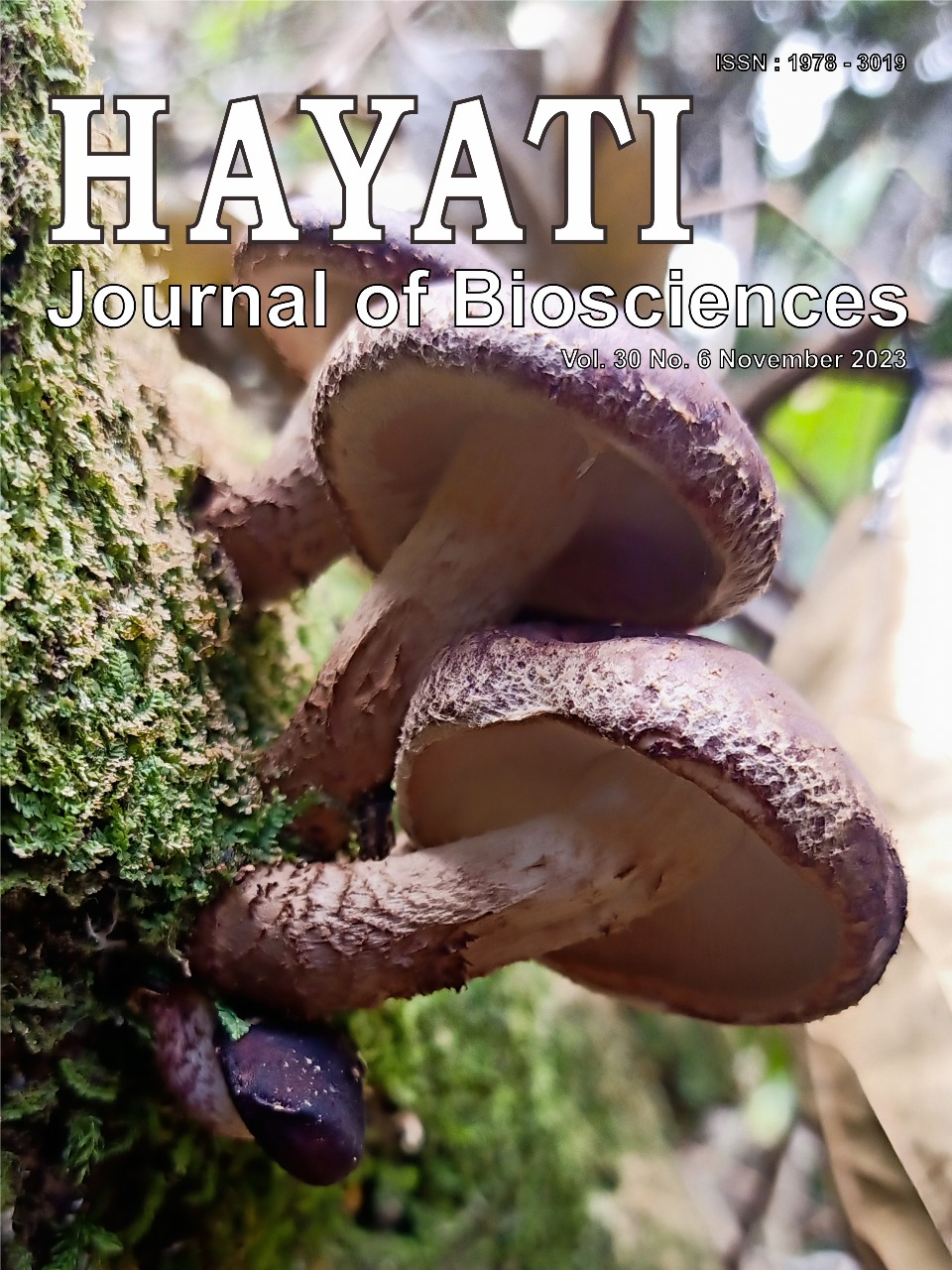Molecular Docking and Dynamics of SARS-CoV-2 Programmed Ribosomal Frameshifting RNA and Ligands for RNA-Targeting Alkaloids Prospecting
Abstract
RNA-ligand docking is a part of computational biology, which is currently lowly recognized compared to the protein-ligand docking procedure commonly applied for drug discovery. This in silico study aims to create a simplified protocol for RNA-ligand docking, which is applicable to RNA-targeting small molecular drug screening. Four alkaloids (berberine, colchicine, nicotine, and tomatine) were subjected to this study and contended against the SARS-CoV-2 genomic RNA -1 PRF component targeting control drug, merafloxacin, including two known intercalator berberine and colchicine, a small alkaloid nicotine and a large alkaloid tomatine. The alkaloids were screened for drug-likeness properties (Lipinski’s Rules of 5 or LRo5), bioavailability indexes, and synthetic accessibility values using SwissADME before docking. The docking used PyRx – Autodock Vina and re-scored for RNA-ligand scoring using AnnapuRNA. The docking results have the interactions mapped using fingeRNAt and visualized using Discovery Studio. Molecular dynamics using CHARMM36 and AMBER forcefields were simulated in NAMD. The molecular dynamics 1 ns simulation results showed that the ligand interaction over time did not cause much interference with the RNA, indicated by the low number of RMSD changes between RNA itself and the RNA-ligand complex. Additionally, CHARMM36 forcefield provided more stable fluctuation compared to AMBER. The results indicated that tomatine disobeyed LRo5 and had a low bioavailability index and bad synthetic accessibility value, while the rest alkaloids passed. In the end, berberine has an even higher docking score than the control drug. The study also shows that this protocol can be useful for future RNA-ligand computational studies.
Downloads
Copyright (c) 2023 Adhityo Wicaksono, Arli Aditya Parikesit

This work is licensed under a Creative Commons Attribution-NonCommercial 4.0 International License.
HAYATI J Biosci is an open access journal and the article's license is CC-BY-NC. This license lets others distribute, remix, tweak, and build upon author's work, as long as they credit the original creation. Authors retain copyright and grant the journal/publisher non exclusive publishing rights with the work simultaneously licensed under a https://creativecommons.org/

























.png) IPB University
IPB University Department of Biology
Department of Biology The Indonesian Biological Society
The Indonesian Biological Society 

